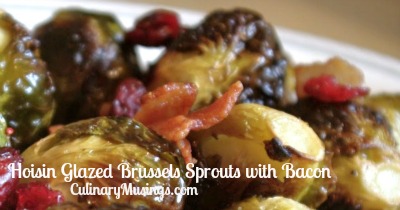Remember growing up and devouring mom's roasts for Sunday dinner? Preserve that memory and introduce your family to this lost art by serving braised meat at your next sit down dinner. Braising is a method of cooking meats and vegetables that is easy to do and works especially well with tougher, cheaper cuts of meat such as shanks, briskets and rumps.
Braising is a primary technique taught in culinary school. Braising is not only great for home cooked meals, it is also a method for gourmet preparations straight from Paris. Over the years chefs have developed some wonderful variations to the meats, liquids, vegetables and spices included in braising to create some truly elegant meals.
One delightful side benefit of braising is that this method involves cooking in liquid for longer periods of time, so your house is sure to be filled with the most delightful aromas, and your meat will be fork-tender… just like mon’s.
Professional chefs learn to start the braising process by searing the meat in hot oil. Searing seals the meat, trapping the juices inside, so the meat doesn't become dry when cooked. Searing your meat before braising also brings out a lot of flavor. The caramelization of the meat and the caramelization of the bottom of the pan gives an extra layer of rich essence to the recipe.
Once the meat has seared and is browned on all sides, remove it from the pan. Create a bed of chopped vegetables (called a mirepoix) on the bottom of the pot. In culinary school, professionals are taught to pair the meat with the flavors of the vegetables. For beef or lamb, you might select carrots, onions and celery for your veggie mix. Allow the vegetables to sweat (cook just until they begin to produce liquid) then add your meat and liquid.
Add the meat back to the pan, add your spices and pour in your liquid. This is where your creativity will come in. In the south, you might find braised dishes such as traditional pot roast with carrots and potatoes. Seasonings could include garlic, salt and pepper. Liquids might be a combination of beef stock and Worcestershire sauce.
In wine regions, you're likely to find lamb shanks braised with rosemary, tomatoes, garlic, onion, chicken stock and red wine. Culinary arts school instructors usually tell would-be chefs to pick up on local flavors whenever possible to bring authenticity to their creations.
Once your favorite seasonings and liquids are in place, reduce the heat to a low setting for stovetop cooking or transfer your pot to the oven and bake at approximately 300 degrees. (Be sure you have an ovenproof pot.) Cook for about 3 hours on the stovetop or 2.5 hours in a 350-degree oven. Plate up your meal and serve with some of the delicious sauce left in the pot! This is a culinary delight everyone will love.








